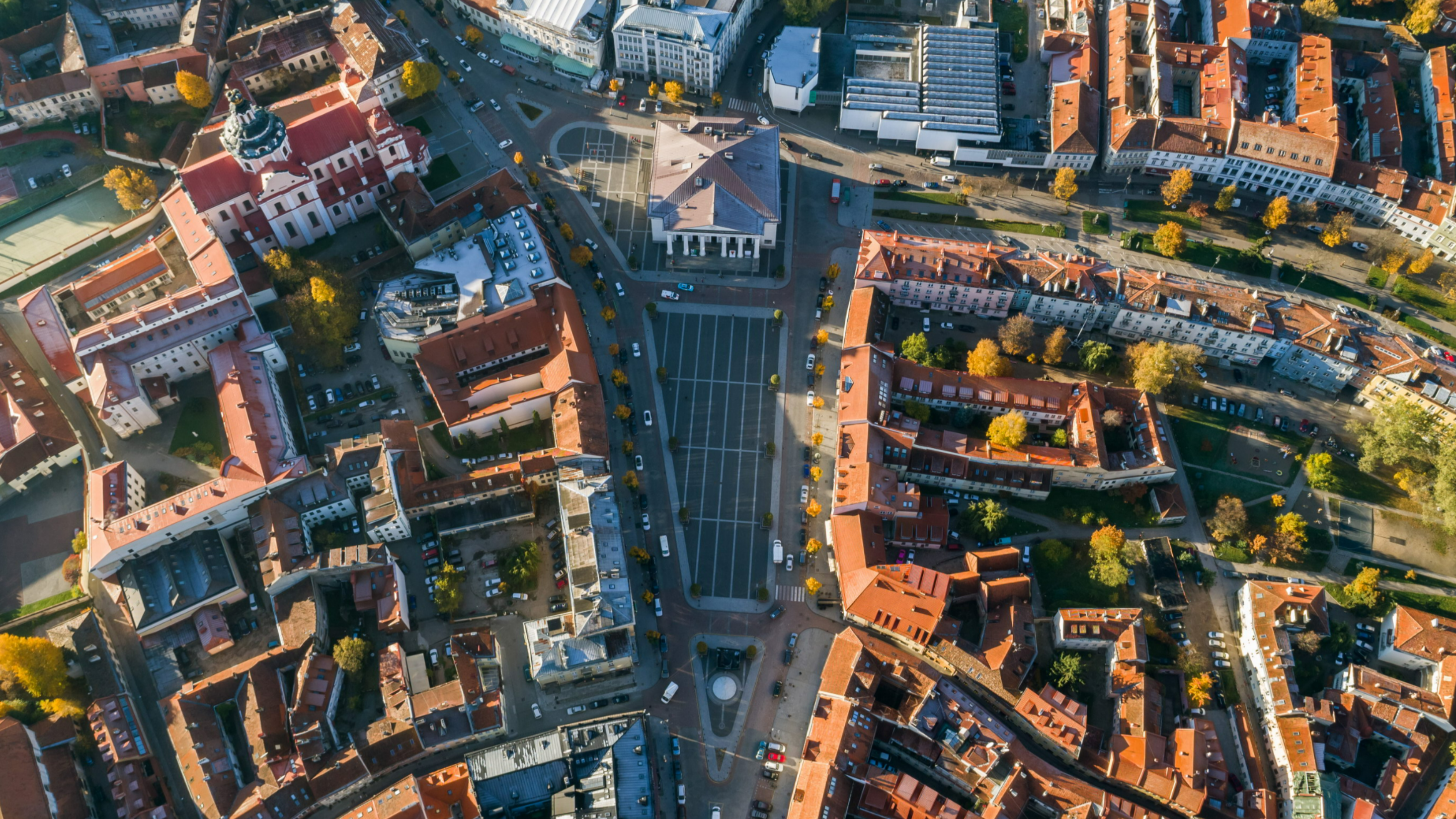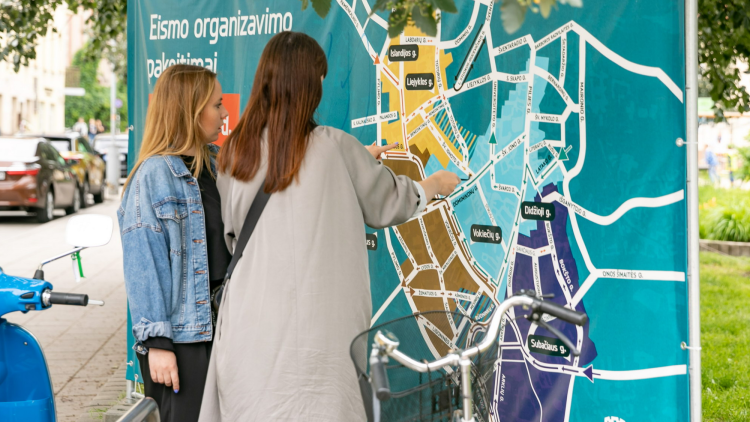Vilnius: A step towards low pollution zones

The Challenge
The core of the Old Town of the city of Vilnius and the archaeological area of the old town and its suburbs are extremely important in terms of cultural heritage values (in 1994 the Vilnius Old Town was included as a UNESCO World Heritage Site). Therefore, all actions had to consider the valuable properties, to comply with relevant legislation (e.g., the Law on the Protection of Immovable Cultural Heritage of the Republic of Lithuania, and the Heritage Management Regulation 2.13.01), and when applicable - carry out heritage conservation expertise in its technical projects.
The „loop traffic“ need was established in the Sustainable Mobility Plan of Vilnius (approved in December 2018). The goal of the loop traffic regulation was to reduce transit traffic in the core of the Old Town of the city of Vilnius. Before the loop traffic regulation, regular transit traffic in the heart of Vilnius accounted for 40%, while in the mornings - up to 70%. Long-lasted car traffic in the Old Town of the city markedly increased pollution and noise indicators, reduced the safety of road users. All of this therefore had negative impact on the quality of people’s life and leisure and the condition of historical buildings – cultural heritage.
The city therefore decided to introduce loop traffic and thus eliminate the possibility of using the streets of the Old Town to shorten transit car routes.




